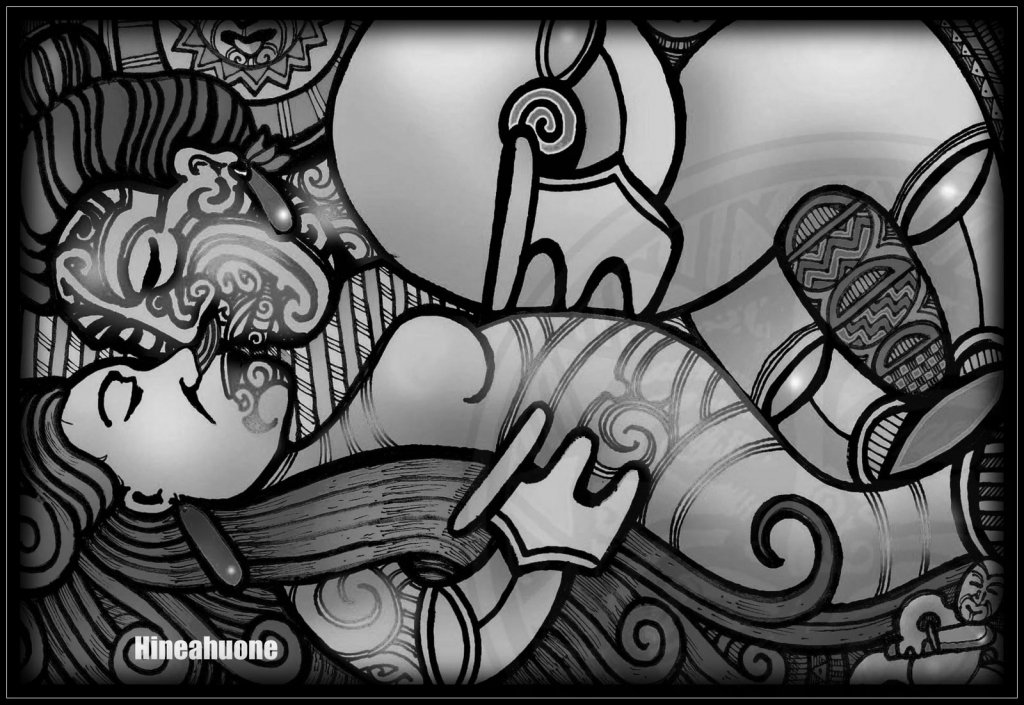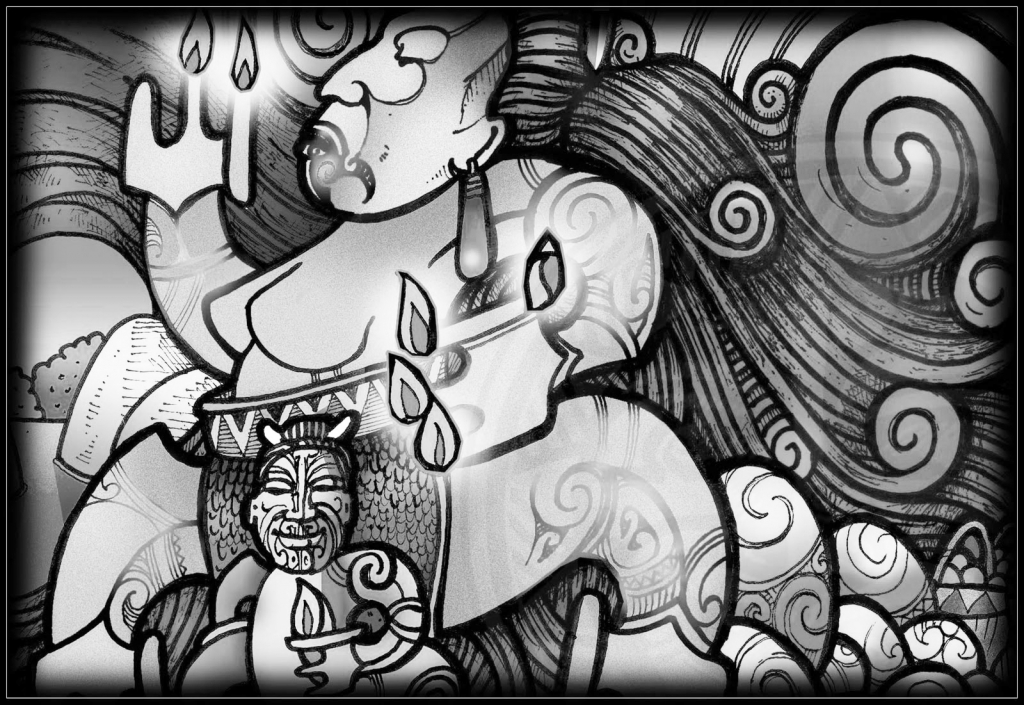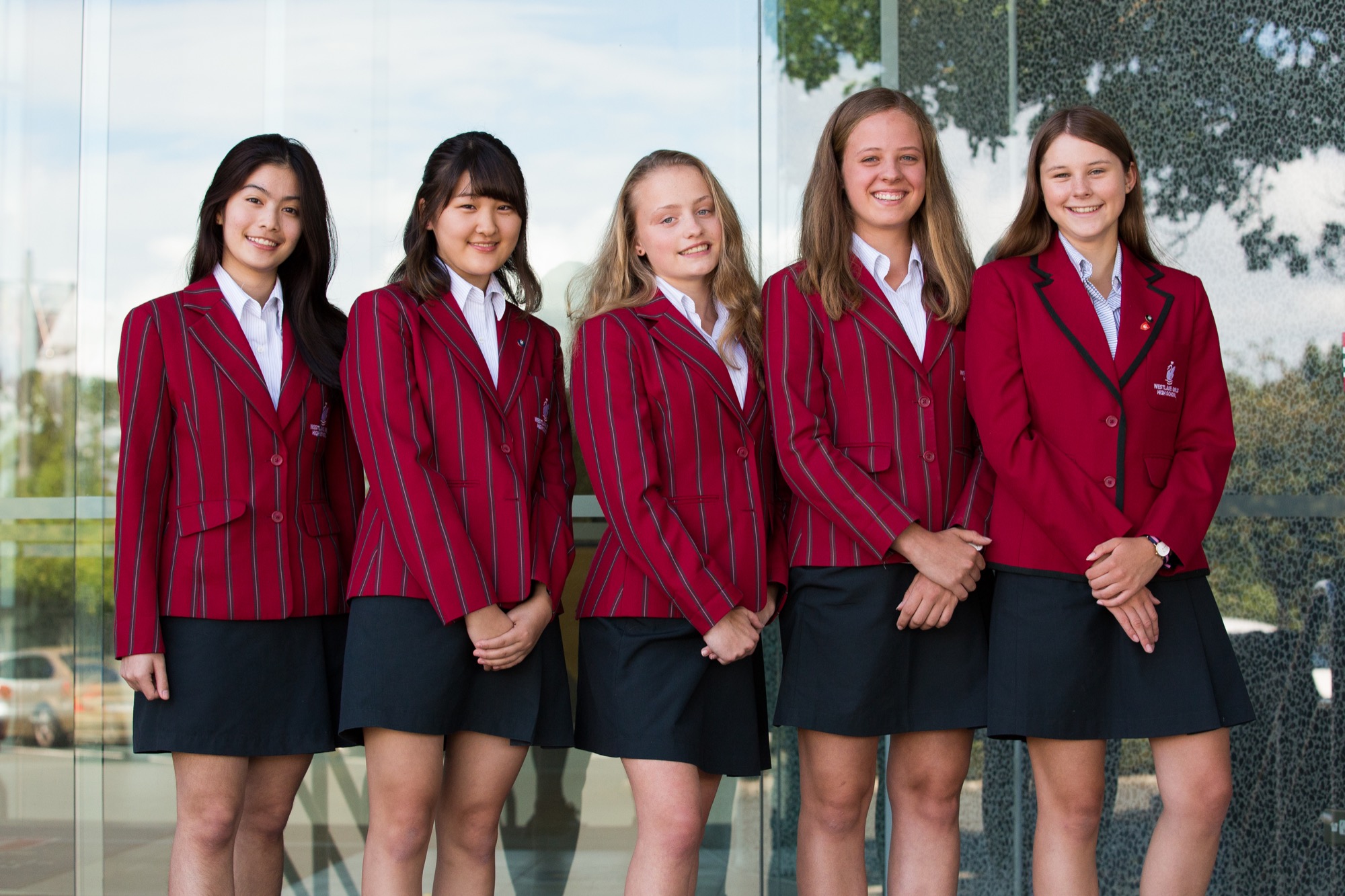House points for 2024: Term 2, Week 3


| Pupuke | Akoranga |
Onewa |
Wairau | Hauraki |
| 1146 | 1142 | 1132 | 1107 | 1106 |
Westlake Girls introduced a new house system in 2013 and formed five houses named after local areas. Each house was given a story to reflect the richness of their names through the history of the North Shore area and the connections to the whakapapa of Māori mythology. The House symbols complement the stories, and the house colours emulate the pursuit of excellence inspired by the Olympic rings. Akoranga House is black, Hauraki House is gold, Onewa House is red, Pupuke House is blue, and Wairau House is green. Below is the whakapapa (family tree) and the stories associated with each House.
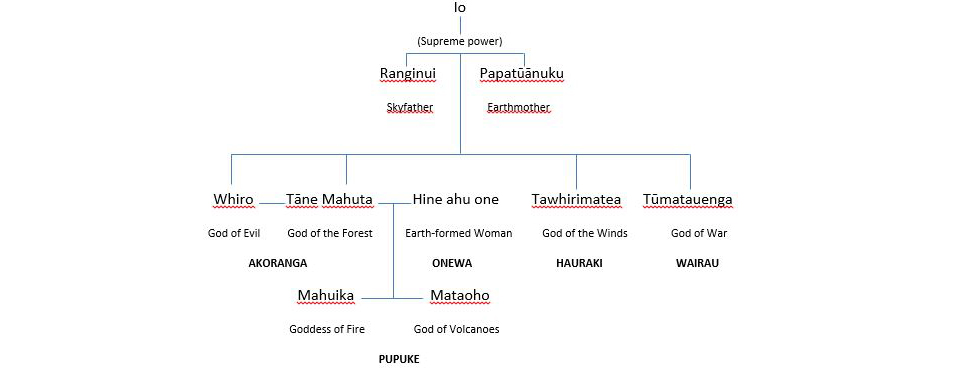

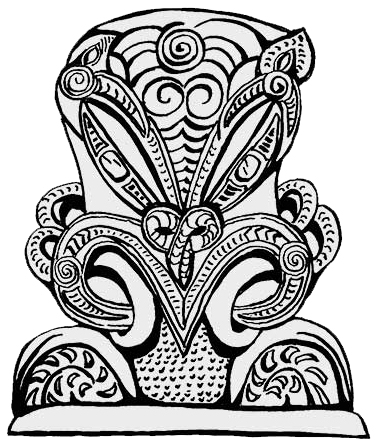 Akoranga House – Literal meaning is ‘learning’
Akoranga House – Literal meaning is ‘learning’
According to Māori legend the art of learning was centred around how Tane Mahuta, the God of the Forest, gathered three baskets of knowledge and two stones from the heavens to bring back to Earth for mankind to use. The three baskets of Knowledge for humankind were known as;
Te Kete Aronui – all the knowledge that can help humankind
Te Kete Tuauri – all the knowledge of ritual, memory and prayer
Te Kete Tuatea – all the knowledge of evil or makutu, which was harmful to humankind
The two stones, or Whatukura, represented the power of knowledge and added mana (power) to the learning of knowledge.
The house symbol uses the koru to reflect the baskets of knowledge, and two circles symbolise the stones.
| Dean | Ms Ashley Longstaff | 489 4169 Ext: 743 | alongstaff@westlakegirls.school.nz |
| Dean | Ms Katie Pearson | 489 4169 Ext: 755 | kpearson@westlakegirls.school.nz |
The traditional northern winds created by Tāwhiri-mātea (God of the weather) bring the warmer currents, the arrival of the popular fish the tāmure (Snapper) and encourages the blooming of our native tree the Pōhutukawa. The Māori people see the blossoming of the Pōhutukawa flower as a good sign to fish.
The house symbol uses the koru and the spikes to represent the northern winds and the Pōhutukawa flower respectively.
| Dean | Ms Louise Clouston | 489 4169 Ext: 735 | loclouston@westlakegirls.school.nz |
| Dean |
Auteletoa Tanimo |
489 4169 Ext: 748 | tboyd@westlakegirls.school.nz |
The first woman according to Māori legend was created from the red soils of Kurawaka and her name was Hine-ahu-one (Earth-formed-woman). She personifies the meaning of “Mana Wāhine” or “Power of the Women”. Hine-ahu-one was created by Tāne Mahuta as there was need for the human element to be introduced in the spiritual realms for the place we know as Earth. The act of pressing noses known as the ‘Hongi’ between Tāne Mahuta and Hine-ahu-one, and the verbal expression given by Tāne Mahuta “Tihei mauri ora” to bring Hine-ahu-one to life are found in our cultural practices today.
The house symbol depicts the chin moko (tattoo) of Hine-ahu-one.
| Dean | Mrs Kate Lawrence | 489 4169 Ext: 745 | klawrence@westlakegirls.school.nz |
| Dean | Ms Courtenay See | 489 4169 Ext: 751 | csee@westlakegirls.school.nz |
Pupuke comes from the traditional longer name of “Pupukemoana” which means ‘over flowing lake’. It is said that Mahuika the ‘goddess of fire’ played a major part in how the lake was created. The Māori myth surrounding the lake tells of a “Tupua couple” who were children of the fire gods. After quarrelling and cursing Mahuika, their home here on the mainland was destroyed by Mataoho on behalf of Mahuika, with Pupuke resulting from the destruction and Rangitoto Island rising from the sea as a consequence. Rangitoto Island would become their new home. The mists surrounding Rangitoto are meant to symbolise the tears of the Tupua couple for their former home. It is believed that Mataoho is responsible for all of the volcanic activity in the Auckland region.
The house symbol represents Mahuika with the fire finger-flames on the left-hand side which is surrounded by a koru to depict the Pupuke eruption. The middle section is Rangitoto Island and the Tupua couple.
| Dean | Ms Rachel Carson | 489 4169 Ext: 752 | rcarson@westlakegirls.school.nz |
| Dean | Mrs Hi Sung Son | 489 4169 Ext: 753 | hson@westlakegirls.school.nz |
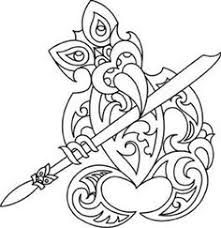 Wairau – Many waters
Wairau – Many waters
The Wairau area, centred around the Glenfield industrial sites, was famous for a major battle that took place between Ngā Puhi who wished to recapture most of the top half of the North Island and the three local tribes Ngāti Paoa, Ngāti Whātua and Te Kawerau a Maki. Ngā Puhi were the successors with Ngāti Paoa moving to the islands of the gulf, Te Kawerau a Maki pushed to the western ranges of Waitakare, and Ngāti Whātua moving across to Bastion Point.
The house symbol represents the battle (Tūmatauenga God of War) with the first koru being Ngā Puhi, the middle koru representing the three local tribes and the smallest koru at the top symbolising the crater formed from the spilt blood of the warriors. The name for the crater is “Ururoto” and this part of the Māori name for both Westlake Girls and Westlake Boys. The lines amongst the koru reflect the blood lines that flowed within all the tribes involved.
| Dean | Ms Elaine Xu | 489 4169 Ext: 744 | exu@westlakegirls.school.nz |
| Dean | Miss Danielle Johnson | 489 4169 Ext: 746 | djohnson@westlakegirls.school.nz |




